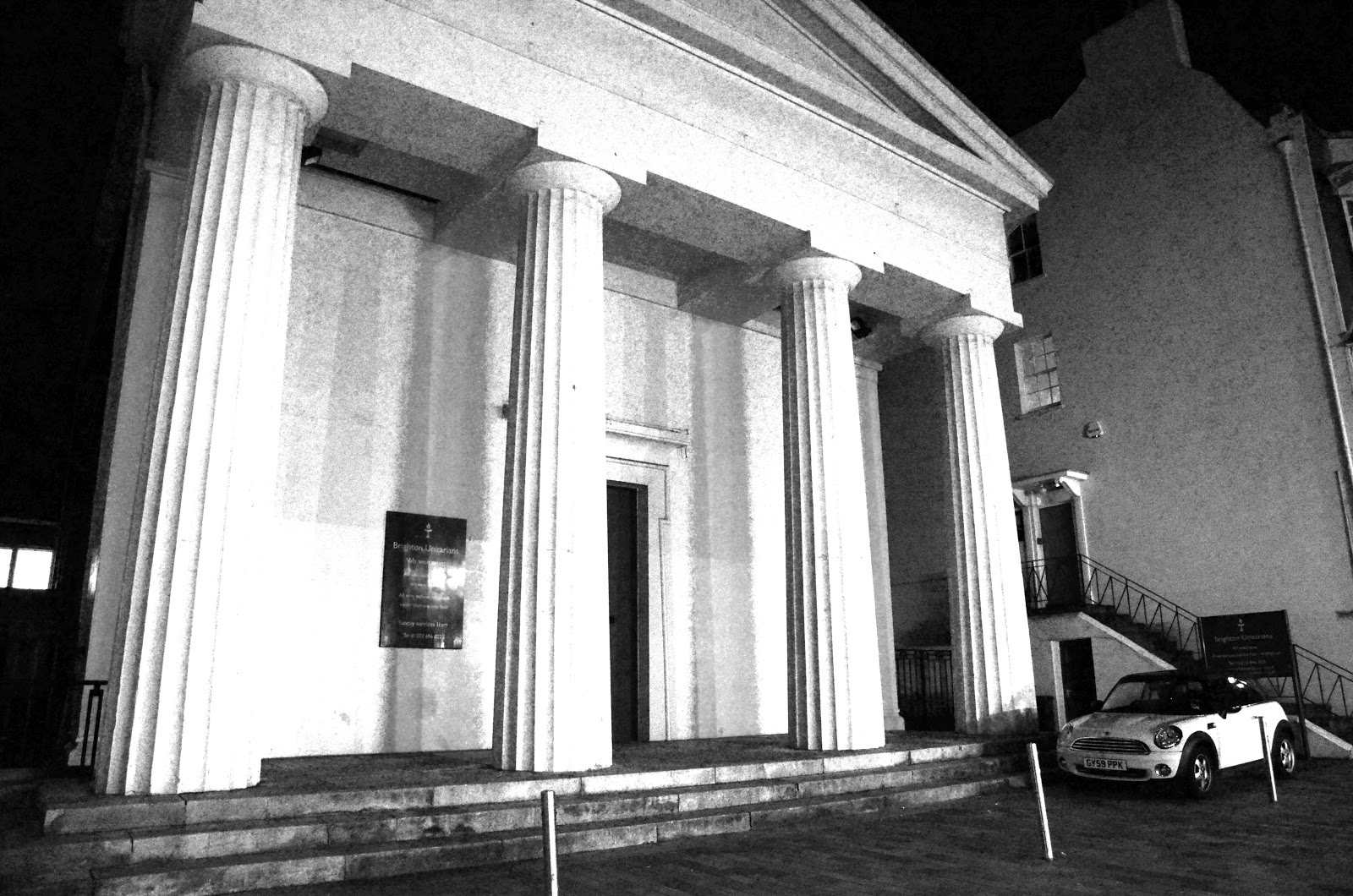This
is a dictionary definition of Identity:
- The fact of being who
or what a person or thing is.
- The characteristics.
For
the ‘identity’ photography project, I will be focusing on creating my own
personal identity of Brighton. Having lived here forever, I have my own
favourite places and have an idea of what makes Brighton, Brighton. Instead of
taking an ordinary picture and leaving it, Photoshop is what will be used in
the way of editing.
The
Nikon D7000 will be used to take the photographs and use a normal lens because
of editing the photo after. Experimentation using a tripod for some of the photography
may be complementary to the pictures and give them a higher quality picture.
Natural
lighting will be used instead of studio lighting, as it wouldn’t be appropriate
for the pictures that will be taken.
In
Photoshop, the photos will be edited by using adjustments and changing, brightness,
colour, curves and size. She thinks by having an open mind as to what you want
to have as the final image allows her to be creative and be able to get the
perfect image because she doesn’t have any boundaries.
In
Genius of Photography Episode 4, the book, ‘The Americans’, by Robert Frank is
shown and he creates a narrative structure through his photos, of which can
only be made sense to be personal to him. Upon describing the story behind the
pictures they have an identity of their own in a unique way to their artist,
but provide entertainment for others. I like the idea of creating a story
through my own photos, which will then be put onto screen and hope to achieve
the right story! Also, William Klein talks about his photography and talks
about his mistakes and accidents and how they make the photo perfect. He also,
likes editing the photo and arranging it rather than the actual picture itself that
in a way is interesting to me and to see how you can develop a photo further
from how it was originally took. To further personal knowledge on the two
photographers, their work and their techniques, in the future I’ll take out
their books and research.
Lomo
Kev, a famous Brighton photographer, is inspirational because he changes the effects
of his pictures to create a more interesting and defined picture, much to his
own taste, but to entertain too. He uses different cameras and effects
including fish eye lenses and the iPhone app, Instagram.
Also,
the work of Trey Ratcliff is inspiring who uses HDR effects in his photographic
work. His work has inspired me as well in using different effects in my own
photography work.
I
want to create my own spin on my photos, creating a personal style, giving my
own different views on Brighton. The city is such a lively and vibrant place
that the ideas of lighting up my pictures in the same way I view Brighton. I
will take a varied range of different shots to hopefully create diverse
meanings and atmospheres in her photos.



































